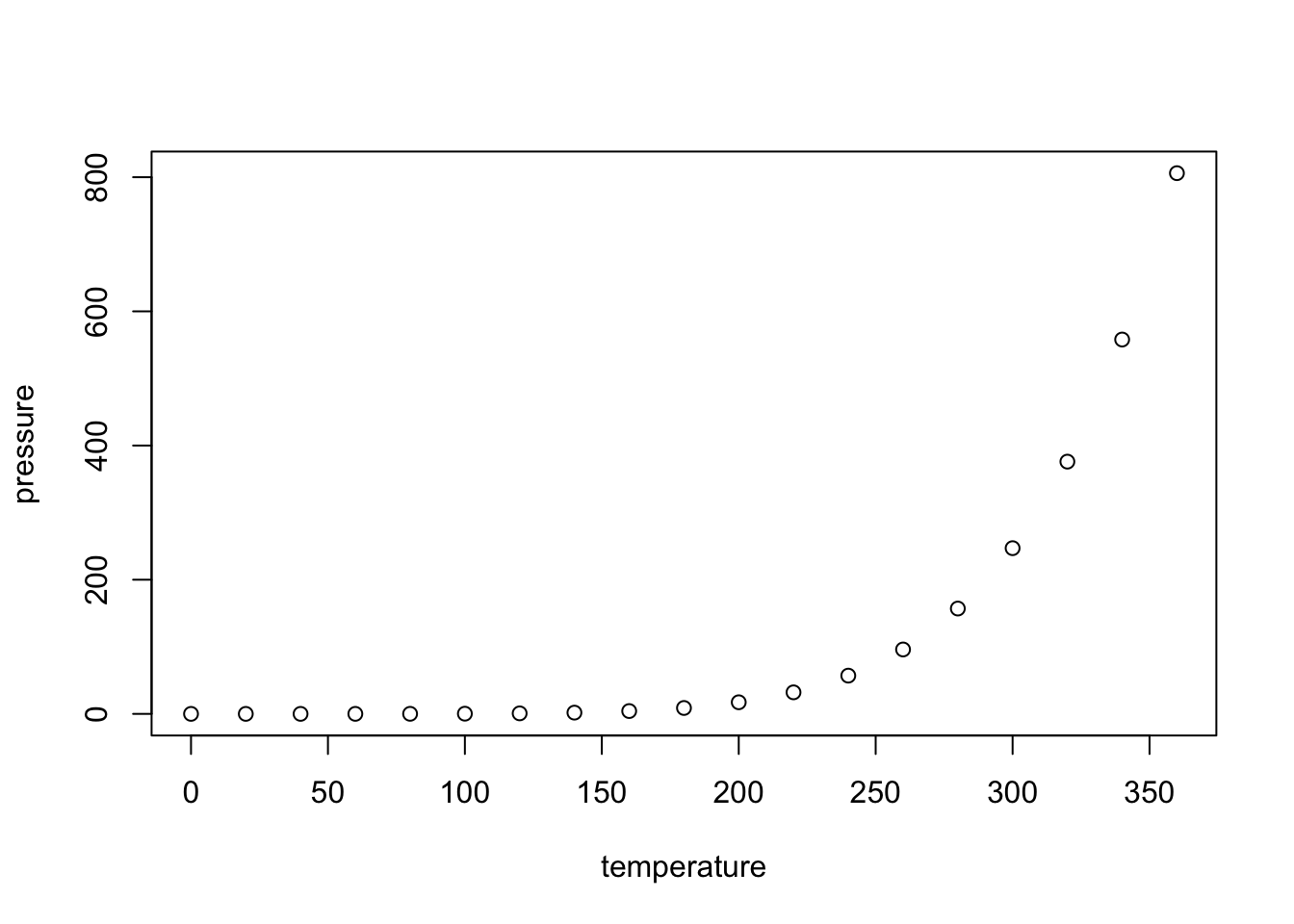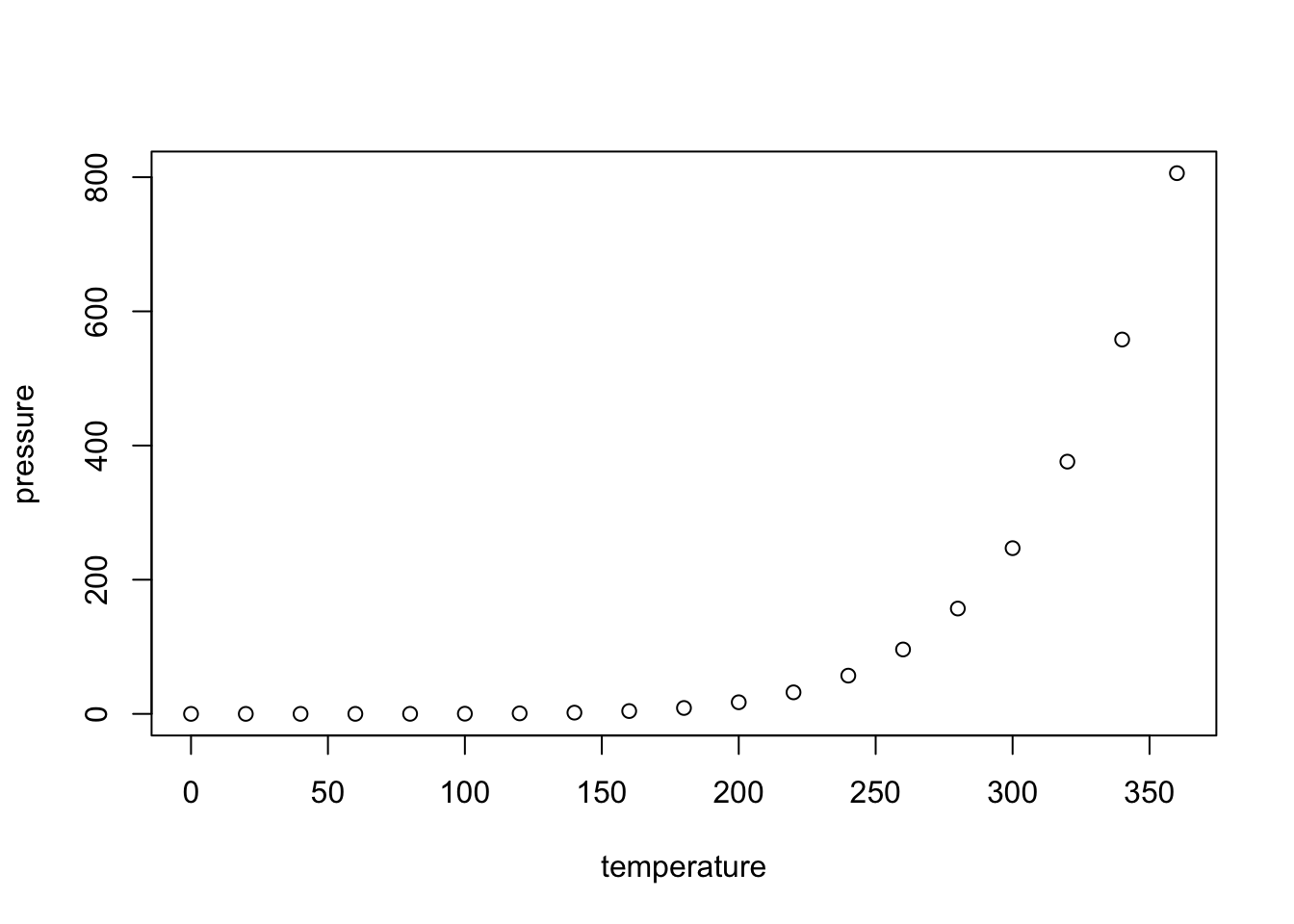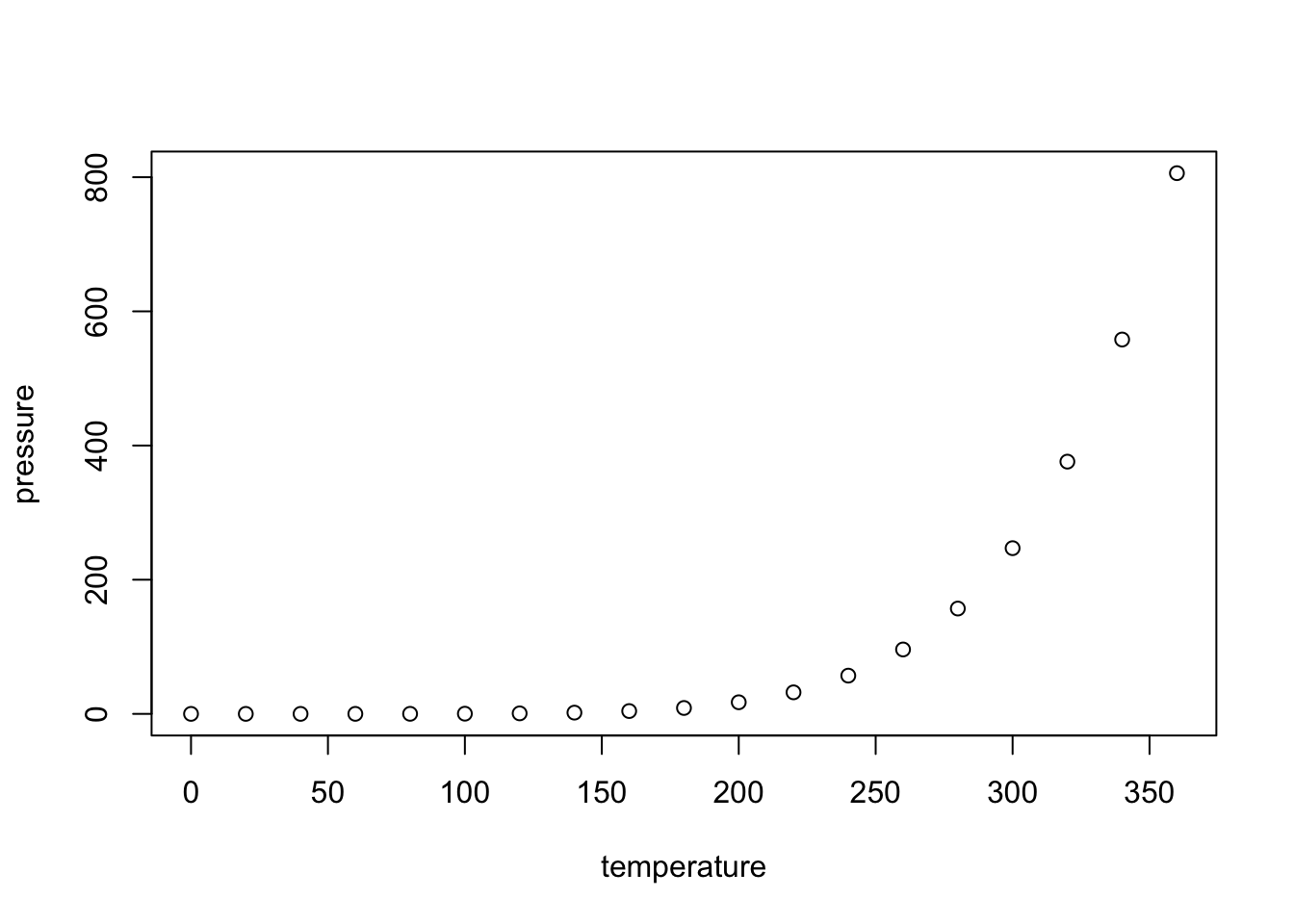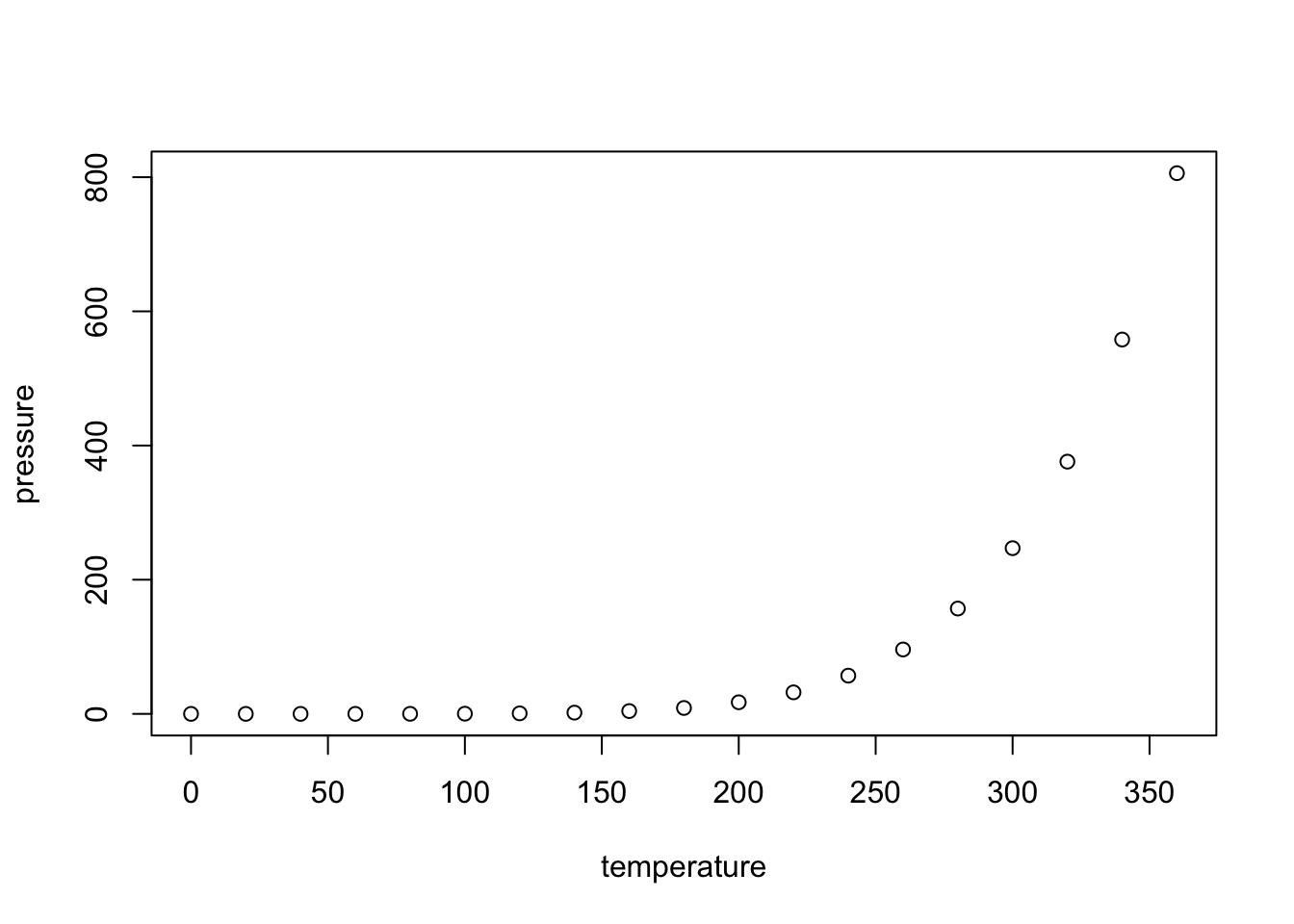For the 2019 ACM CHI conference I wanted to go all in on reproducibility by writing our paper submission completely in R Markdown and knit to PDF via the ACM’s LaTeX template. It worked in the end (the source file for our paper is here, an R package with our template is here, and a related blog post is here).
However, one of the challenges along the way was that I was missing chunk options to be able to set all the necessary parameters from R Markdown.
For example, after an update to their LaTeX template, the ACM wanted figures to include a description for visually impaired readers.
This was supposed to be accomplished by adding \Description{This is a figure description} inside the relevant figure environment in LaTeX.
How to do this while staying within an R Markdown workflow?
One option was to add descriptions manually in LaTeX as the last step before finishing the paper - that is, add keep_tex: true in the YAML header, manually add descriptions in the outputted .tex file, and then use this file to generate a new PDF.
This would work but was error-prone: if I found some a that needed fixing in the R Markdown source file, I would need to knit again and do another manual adding of descriptions…
The much better solution would be to have a chunk option ‘description’ that I could set directly in the R Markdown source file with something like ```{r my_figure, description="This is a figure description"}, and which would automatically add \Description{This is a figure description} when knitting to PDF.
Fortunately, it turns out that it’s entirely possible, by simply creating a new chunk option yourself! Here’s how.
Getting a grip on knitr output hooks
Knitr, the package which carries out the initial part of R Markdown’s magic, provides something called ‘hooks’.
These are “customisable functions to run before/after a code chunk, tweak the output, and manipulate chunk options”.
We will focus on the ‘output hooks’ which can be used to customise and polish raw output from chunks.
There are 8 types of output hooks that grab different types of output; we will modify the chunk output hook which grab all the output of a chunk.
A chunk output hook takes the form function (x, options) where x is a character string of the output and options is a list of the chunk options.
To modify them, do something like this:
knit_hooks$set(chunk = function(x, options) {
# some code to modify chunk output hooks here
})The simplest (and stupidest) possible thing we might do
As a warm-up exercise, let’s get all chunks to output “Hello, world!”.
Here is a random plot:
plot(pressure)
Figure 1: A random plot
First, let’s store the current configuration of the chunk output hook, and have a look at it as well:
(hook_chunk <- knit_hooks$get('chunk'))## function (x, options)
## {
## x = gsub(paste0("[\n]{2,}(", fence, "| )"), "\n\n\\1",
## x)
## x = gsub("[\n]+$", "", x)
## x = gsub("^[\n]+", "\n", x)
## if (isTRUE(options$collapse)) {
## r = sprintf("\n([%s]{3,})\n+\\1((\\{[.])?%s[^\n]*)?\n",
## fence_char, tolower(options$engine))
## x = gsub(r, "\n", x)
## }
## if (is.null(s <- options$indent))
## return(x)
## line_prompt(x, prompt = s, continue = s)
## }
## <bytecode: 0x7f935fb9cb58>
## <environment: 0x7f935fb9f178>Then we modify it:
knit_hooks$set(chunk = function(x, options) {
return("Hello, world!")
})Now if we try do draw the random plot again we simply get:
plot(pressure)Hello, world!
Creating a new chunk option
To make this minimally more useful, imagine if this only happened if we set a chunk option hello.
Let’s first set the output hook back to what it was:
knit_hooks$set(chunk = hook_chunk)Now let’s modify it again:
knit_hooks$set(chunk = function(x, options) {
if (!is.null(options$hello)) {
return("Hello, world!")
} else {
return(hook_chunk(x, options))
}
})Let’s check if this works. Here’s our random plot again (Figure 2):
plot(pressure)
Figure 2: A random plot
And here it is with these chunk options:
```{r, echo=TRUE, fig.cap="A random plot", hello=TRUE}
Hello, world!
Example use: Adding \Description{} to LaTeX figure output
Finally, let’s create an actually useful chunk option: the option to add a \Description{} to figures in PDF output, which is what I needed. For good measure, let’s start by resetting the chunk output hook to its original state:
knit_hooks$set(chunk = hook_chunk)The problem we’re trying to solve is this: If we knit to PDF and set keep_tex = TRUE in the YAML header, we see that our random plot included in the .tex file in this way:
\begin{figure}
\centering
\includegraphics{how-to-create-your-own-chunk-options-in-r-markdown_files/figure-latex/random-plot-1.pdf}
\caption{A random plot}
\end{figure}What we want in our .tex file is this:
\begin{figure}
\centering
\includegraphics{how-to-create-your-own-chunk-options-in-r-markdown_files/figure-latex/random-plot-1.pdf}
\Description{A scatter plot of an exponentially growing curve}
\caption{A random plot}
\end{figure}We would like this to be done with a chunk option description.
The approach we will take is to simply search use a regular expression to find calls to \includegraphics in chunks’ LaTeX output, and then insert \Description{A scatter plot of an exponentially growing curve} after it.1
This should work:
# store the usual chunk output function
hook_chunk = knit_hooks$get('chunk')
knit_hooks$set(chunk = function(x, options) {
regular_output = hook_chunk(x, options)
# if there is a description
if (!is.null(options$description)) {
# include the following LaTeX - \\1 refers to the regex grouping
latex_include <- paste0("\\1\\\\Description\\{", options$description, "\\}")
# search and replace in the output
gsub('(\\\\includegraphics[^}]+})', latex_include, regular_output)
} else {
# if there isn't a description just return unmodified
return(regular_output) # pass to default hook
}
})Now let’s try with these chunk options for Figure 3:
```{r my-description, echo=TRUE, fig.cap="A random plot", description="A scatter plot of an exponentially growing curve"}
plot(pressure)
Figure 3: A random plot
Uh-oh it actually doesn’t work, our LaTeX output still looks like this:
\begin{figure}
\centering
\includegraphics{how-to-create-your-own-chunk-options-in-r-markdown_files/figure-latex/my-description-1.pdf}
\caption{\label{fig:my-description}A random plot}
\end{figure}Turns out that when we’re trying to modify the output in this way, we need to be explicit with knitr that the figure output is intended to be treated as LaTeX (the explanation for why is here: github.com/yihui/knitr/issues/1464).
So when we want to modify LaTeX output in our R Markdown document, we must to add this to our setup chunk:
if (knitr::is_latex_output()) knitr::knit_hooks$set(plot = knitr::hook_plot_tex)Let’s try again:
plot(pressure)
Figure 4: A random plot
Yup the LaTeX generated for Figure 4 now looks the way we want:
\begin{figure}
\includegraphics{how-to-create-your-own-chunk-options-in-r-markdown_files/figure-latex/my-description-1}
\Description{A scatter plot of an exponentially growing curve}
\caption{A random plot}
\label{fig:my-description}
\end{figure}Conclusion
It is super powerful to be able to create new own chunk options.
In the R Markdown template for CHI proceedings, I also created a chunk option that allows chunks to be positioned vertically in PDF output by inserting the LaTeX commmand \vspace.
The initial setup chunk looks like this:
# create additional chunk options
hook_chunk = knit_hooks$get('chunk')
knit_hooks$set(chunk = function(x, options) {
txt = hook_chunk(x, options)
# add chunk option 'vspaceout' to position chunks vertically with \vspace
if (!is.null(options$vspaceout)) {
latex_vspace <- paste0("\\1\\\\vspace\\{", options$vspaceout, "\\}")
txt <- sub('(\\\\begin[^}]+})', latex_vspace, txt)
}
# add chunk option 'description' which adds \Description{...} to figures
if (!is.null(options$description)) {
latex_include <- paste0("\\1\\\\Description\\{", options$description, "\\}")
gsub('(\\\\includegraphics[^}]+})', latex_include, txt)
} else {
return(txt) # pass to default hook
}
})You can inspect this in context here.
Now go ahead and put your newfound customisation powers into practice!
If you want to follow along with this example, you must use a LaTeX template in which the command
\Descriptionhas been defined. If you go to github.com/ulyngs/chi-proc-rmd-template you will find the relevant files in chi-proc-rmd-template/inst/rmarkdown/templates/acm_chi_proc/skeleton/ for using the ACM LaTex template alongside R Markdown.↩︎
Comments
I use the open source, zero-tracking utteranc.es widget for comments - it's built on GitHub issues, so you need a GitHub account to comment.